
Pay-per-click (PPC) ads have been a core part of digital marketing strategies, but their potential has grown significantly. In 2024, businesses are searching more about PPC management services to reach more targeted audiences, optimise budgets, and achieve impressive returns on investment (ROI) on their ad spend. Managing these campaigns requires advanced knowledge of data analysis, machine learning, automation, and a deep understanding of changing customer behaviours better known as customer persona. Customer persona teaches us about what a person thinks, works and what things attract him/her according to the demographic report as well as educational background.
In this blog, we will discuss how to maximize ROI with important PPC management strategies, also cover tools and trends that will shape the future, and outline actionable steps to optimise PPC advertising services. Whether you’re working with a top PPC marketing agency or running campaigns in-house, these strategies will help you stay competitive and profitable.
What is Pay-per-click Advertising?
Pay-per-click (PPC) advertising is an in-depth part of digital marketing, where advertisers pay a fee each time their ad is clicked, that’s why it is called pay-per-click. It’s a way of buying traffic to your website, rather than earning it organically. (PPC) pay-per-click ads can appear on search engines like Google, social media platforms like Facebook and Instagram, or websites that are part of ad networks like Google Display.
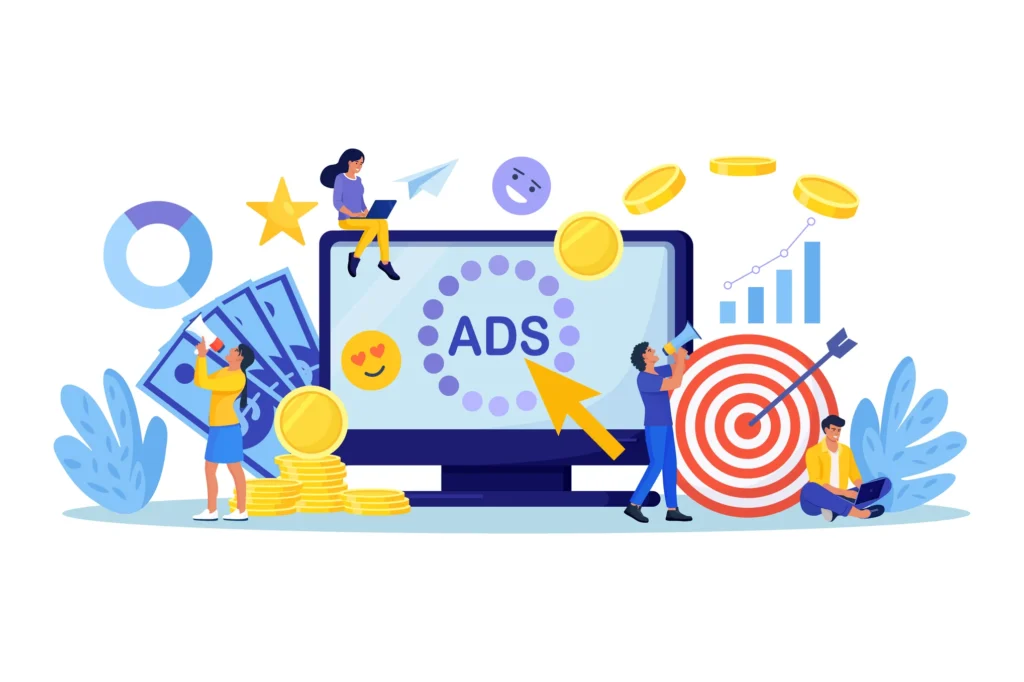
The Fundamentals of (PPC) Pay-per-click Ads
Before diving into advanced PPC management strategies, let’s revise the fundamentals of PPC advertising services. The basics of PPC are simple: advertisers pay a fee every time their ad is clicked. The main idea is to drive traffic to your website, landing pages, or eCommerce store. The goal is to attract visitors who are likely to take a desired action whether that’s making a purchase, filling out a form, or signing up for a service, any way through which the attracted visitor takes action which is beneficial for your business.
However, to execute PPC campaigns effectively, you need to understand the various metrics involved:
- Click-Through Rate (CTR): This is the percentage of users who clicked on your ad after seeing it. A high CTR indicates your ad is compelling.
- Conversion Rate: The percentage of users who took the desired action after clicking on your ad. This is crucial for understanding how your landing page and ad copy are performing together.
- Cost Per Acquisition (CPA): This metric measures how much you’re spending on average to acquire a customer. Your goal is to lower CPA while maximizing ROI.
- Quality Score: Platforms like Google Ads measure the relevance of your ad, landing page, and keywords. A higher Quality Score can lead to better ad placement and lower costs.
Each PPC platform be it Google Ads, Facebook, Instagram, LinkedIn, or Microsoft Ads offers different features for reaching specific target audiences. PPC management company, understands which platform aligns with your target audience is key to driving high-quality traffic that converts.
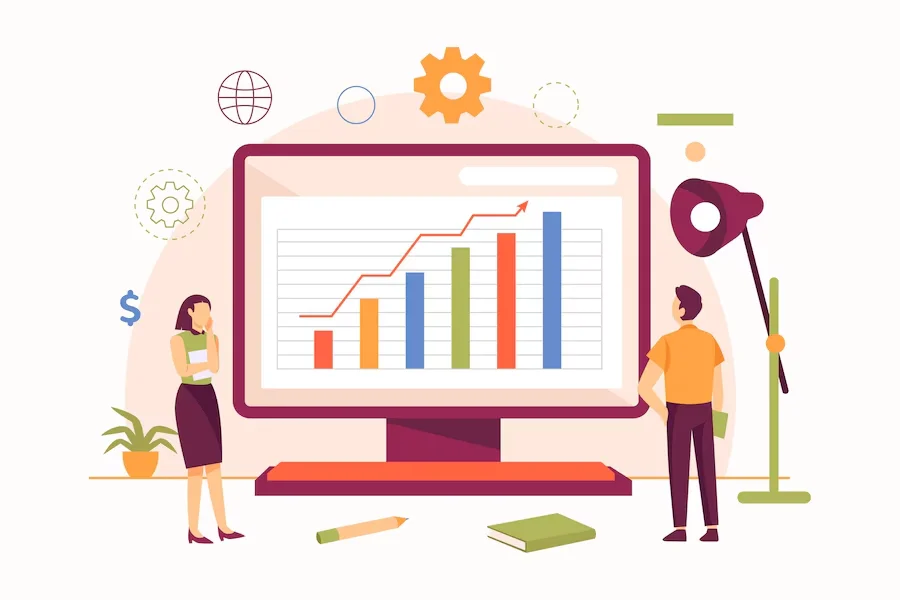
Setting Clear PPC Goals and KPIs for ROI
A successful PPC management strategy is built on a strong foundation of well-defined goals and key performance indicators (KPIs). Setting clear, measurable objectives is crucial for ensuring that your PPC campaigns align with overall business goals and drive meaningful results. Whether you’re looking to increase sales, generate leads, boost brand awareness, drive website traffic, or promote a mobile app, defining your goals upfront helps ensure that your campaigns remain focused and effective. Let’s take a deep dive into how to set goals for different types of PPC advertising campaigns and the key metrics you should track to measure success.
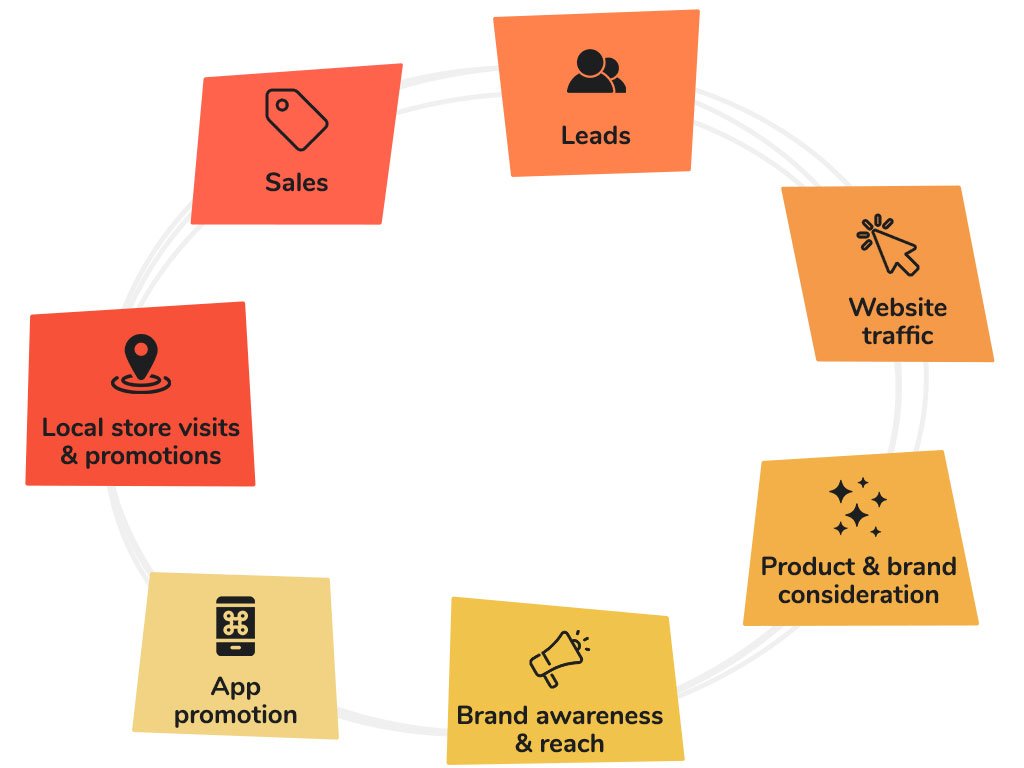
1. Brand Awareness Campaigns
One of the most common objectives in PPC advertising services is increasing brand awareness. This is particularly relevant for businesses that are in the early stages of market entry, introducing a new product or service, or trying to solidify their presence in a competitive industry. For brand awareness campaigns, the focus is on visibility rather than immediate conversions. The goal is to get your brand in front of as many relevant eyes as possible. In this case, the main KPIs will be:
– Impressions: The number of times your ad is displayed on a search engine results page (SERP), social media platform, or third-party website. High impressions mean your ads are being seen by many people, which is ideal for increasing awareness.
– Reach: This metric tells you how many unique users have seen your ad. Expanding your reach helps grow your potential customer base.
Though click-through rate (CTR) and conversions are less critical in brand awareness campaigns, they should still be monitored to gauge the effectiveness of your ad copy and visuals in engaging users. Ultimately, a successful brand awareness campaign will plant your brand in the minds of potential customers, positioning you for stronger performance in future sales-driven campaigns.
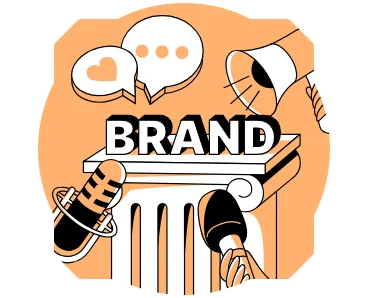
2. Lead Generation Campaigns
For businesses that are focused on building a pipeline of qualified leads, lead generation is a common PPC goal. Lead generation campaigns aim to attract potential customers who are interested in your product or service and are willing to provide their contact information in exchange for something like a free eBook, demo, or consultation. When it comes to lead generation, your key KPIs should focus on the cost-effectiveness and quality of the leads you’re generating. Important metrics to track include:
– Cost Per Lead (CPL): This metric measures how much you’re spending to acquire a single lead. The lower the CPL, the more efficient your campaign is. However, being aware of that cutting costs at the expense of lead quality may harm your long-term ROI.
– Conversion Rate: This tells you the percentage of users who took the desired action after clicking on your ad. High conversion rates indicate that your landing page and ad copy are aligned and compelling enough to encourage users to submit their contact information.
– Lead Quality: It’s important to go beyond the quantity of leads and evaluate their quality. You can measure this by tracking lead-to-sale conversion rates over time. To optimise lead generation, you can experiment with different lead magnets, ad copy, and landing pages to see what resonates most with your target audience. Setting clear goals in lead generation ensures that you’re not just driving traffic but also attracting high-value prospects.
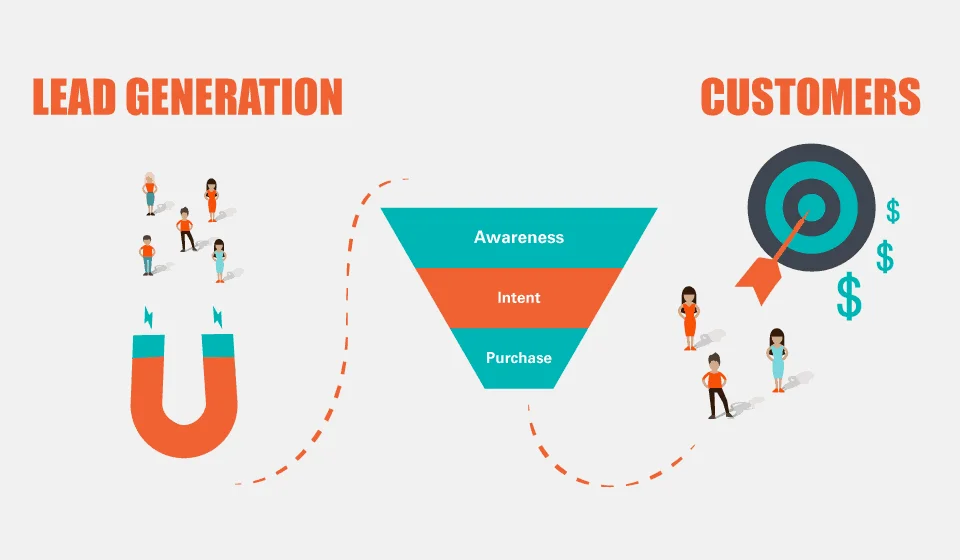
3. Sales and E-commerce PPC Campaigns
When your primary objective is to drive sales or conversions directly from your PPC campaigns, it’s essential to focus on metrics that directly relate to revenue and profitability. Sales-driven PPC campaigns are ideal for e-commerce websites or businesses looking to sell products as well as services online. The key performance indicators for sales campaigns will revolve around maximizing return on investment and minimising costs. Important KPIs include:
– Return on Ad Spend (ROAS): This is one of the most important yet critical metrics for e-commerce campaigns. ROAS measures the amount of revenue generated for every dollar spent on advertising. A higher ROAS means that your PPC campaign is generating more revenue than it costs, making it a key indicator of success.
– Revenue Per Click (RPC): RPC helps determine how much revenue each click is bringing in. This metric can help identify whether your ads are targeting the right audience and whether your product offerings are resonating with potential buyers.
Sales-focused campaigns also benefit from remarketing techniques, which involve showing ads to users who have already interacted with your website or products. Remarketing can help nudge users who may be on the fence about making a purchase, significantly improving sales performance.
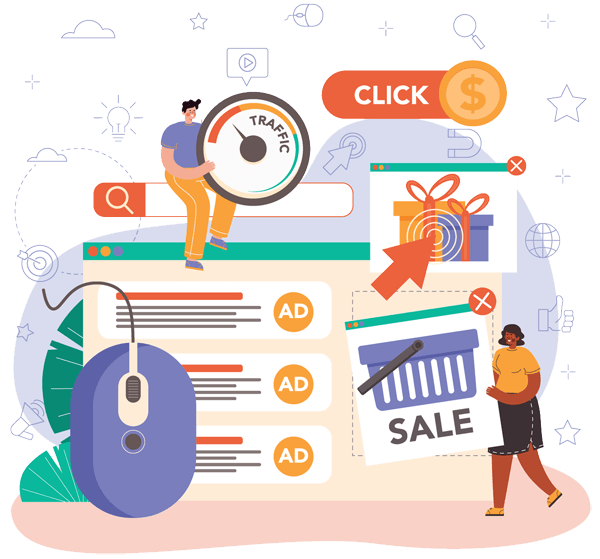
4. Website Traffic Campaigns
If your primary goal is to increase website traffic, then your focus should be on driving as many clicks as possible at the lowest possible cost. Traffic campaigns are often used to attract users to content-rich websites, blogs, or service pages to build engagement and interest over time. For traffic-focused campaigns, the key KPIs to track include:
– Click-Through Rate (CTR): CTR is one of the most important metrics for traffic campaigns. It tells you the percentage of people who clicked on your ad after seeing it. A high CTR indicates that your ad copy and keywords are highly relevant to the users seeing your ads.
– Cost Per Click (CPC): CPC measures the average cost you’re paying for each click on your ad. The lower your CPC, the more traffic you can drive within your budget. CPC is a vital metric for ensuring cost-efficiency in traffic campaigns.
– Bounce Rate: This tells you how many users leave your site after visiting only one page. A high bounce rate can indicate that your landing page or content isn’t meeting user expectations, making it an essential metric for optimising traffic campaigns.
– Pages Per Session: If your goal is to drive users deeper into your website and increase engagement, tracking how many pages a visitor views during a session is critical. Higher pages per session indicate that users are interested in your content and exploring your website further.
While traffic campaigns focus primarily on attracting visitors, it’s crucial to ensure that your website offers a compelling user experience. Optimising your landing pages, reducing load times, and providing clear navigation can improve the effectiveness of traffic-driven PPC campaigns.
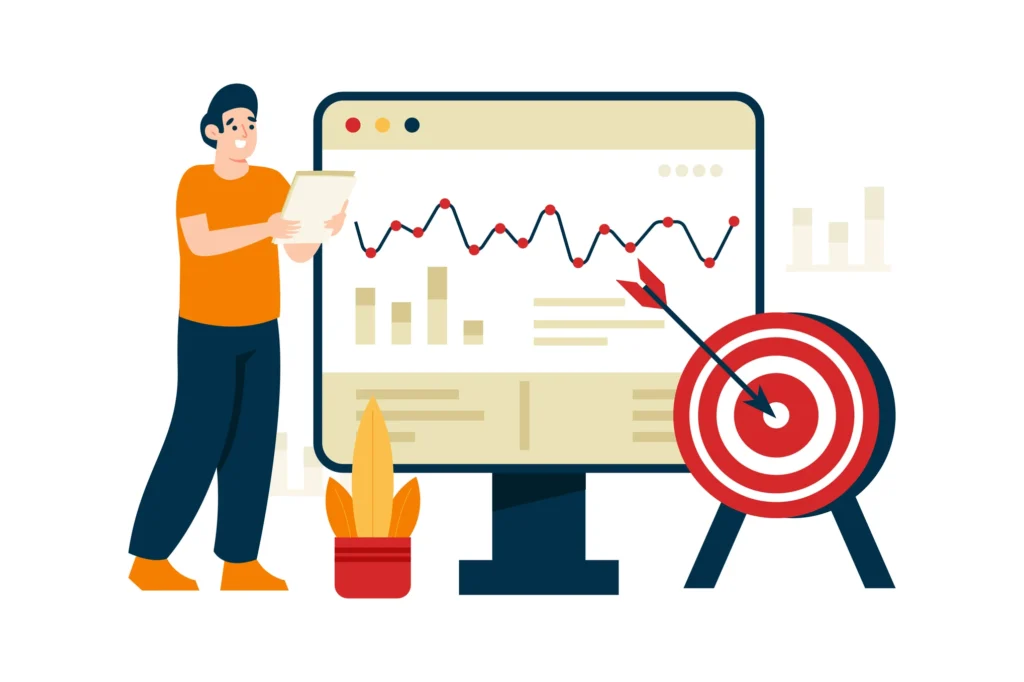
5. App Promotion Campaigns
Mobile apps have become a central part of many businesses’ marketing strategies, and PPC management stratigies can be instrumental in promoting app downloads and engagement. Whether you’re launching a new app or aiming to increase your app’s visibility, PPC campaigns offer a targeted way to reach potential users across platforms like Google Play Store and the Apple App Store. Key KPIs for app promotion campaigns include:
– Cost Per Install (CPI): CPI measures how much you’re spending to acquire a single app download. Optimising your CPI is crucial for keeping costs down while driving as many instals as possible.
– App Retention Rate: High number of instals is great, but it’s equally important to ensure that users are engaging with your app over time. Monitor your app’s retention rate, this tells you how many users continue to use the app after the initial install, helping you measure long-term success.
– In-App Conversions: Depending on your app’s business, you may want to track in-app purchases, subscriptions, or other types of conversions. These metrics help you understand how well your app is monetizing users who downloaded it through PPC campaigns.
App promotion campaigns can also benefit from the use of deep linking, which allows you to send users directly to specific content within your app. This can help improve user experience and drive engagement, especially for returning users.

Tracking Progress and Optimising for ROI
Once your goals and KPIs are clearly defined, the next step is to track your campaign performance in real time and optimise accordingly. Tools like Google Analytics, Google Ads management, and third-party platforms provide in-depth insights into how your PPC campaigns are performing. Regularly reviewing metrics and adjusting your strategy based on performance data ensures that your campaigns are moving toward your overall business goals. Whether you’re working with a PPC management company or managing campaigns in-house, the right mix of goals, KPIs, and optimization strategies will help you achieve maximum ROI from your PPC efforts.
By staying focused on the metrics that matter most to your business objectives, you can turn PPC campaigns into powerful tools for driving growth, generating leads, and increasing revenue in 2024 and beyond.

Advanced Keyword Research for PPC in 2024
At the heart of any successful PPC marketing agency campaign is thorough keyword research. The challenge in 2024, however, is that competition for keywords is higher, search intent is evolving, and newer trends like voice search are changing the way people interact with search engines.
Here are ways to optimise keyword research:
- Long-Tail Keywords: While shorter, more general keywords are tempting, long-tail keywords are more targeted and often lead to higher conversion rates. These keywords have lower search volume and competition but capture users with specific search intent, which is more likely to convert into action.
- Competitor Analysis: Using tools like SEMrush or Ahrefs to understand what keywords your competitors are ranking for can uncover new opportunities. Analysing their paid keyword strategies offers insights into gaps in your own strategy.
- Negative Keywords: These keywords prevent your ad from showing on irrelevant searches, ensuring your budget is spent only on high-intent clicks. Continuously refining negative keywords is a key aspect of efficient PPC management.
Voice search optimization is also essential for PPC in 2024. Voice searches are often conversational and longer, meaning your keyword strategy should include natural, question-based keywords like “Where can I find the best PPC management company?” instead of just “PPC management” will be far more useful to get in touch with the targeted audience.
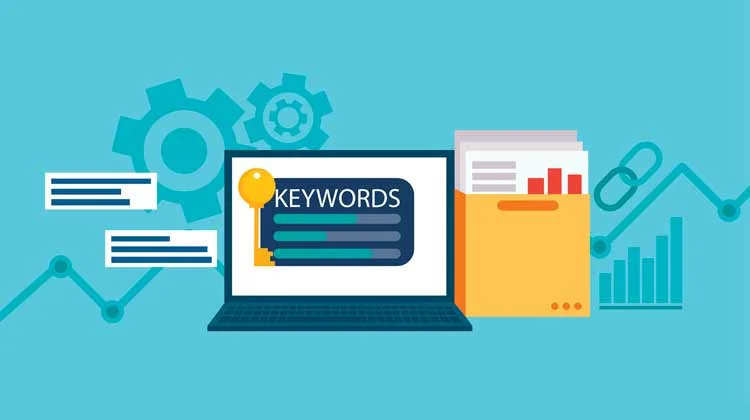
Optimising Ad Copy and Creative for Maximum Impact
Even with the right keywords, a PPC campaign can’t succeed without compelling ad copy and visuals. The effectiveness of your ad copy directly impacts CTR, while poor ad quality can lead to wasted clicks and lower ROI.
Here’s how to write winning ad copy:
- Create Urgency: Words like “limited-time offer,” “exclusive deal,” or “act now” encourage users to click your ad before the opportunity expires. This creates a FOMO in the audience.
- Keyword Integration: Incorporating your primary keywords into the ad headline and description can improve relevance and Quality Score.
- A/B Testing: Regularly test different versions of your ad copy and visuals to identify which combinations yield the highest CTR and conversion rates. For instance, test different calls to action (CTAs) like “Sign Up Today” vs. “Get Your Free Quote.” This attracts a lot of audience.
- Visual Appeal: With the rise of visual platforms like YouTube and Instagram, well-crafted display ads and video ads can significantly boost performance. Working with a top PPC marketing agency can help produce professional, high-converting visuals.
In 2024, video ads are becoming increasingly important, especially on social platforms. High-quality video content can make your PPC campaigns stand out and drive deeper engagement.
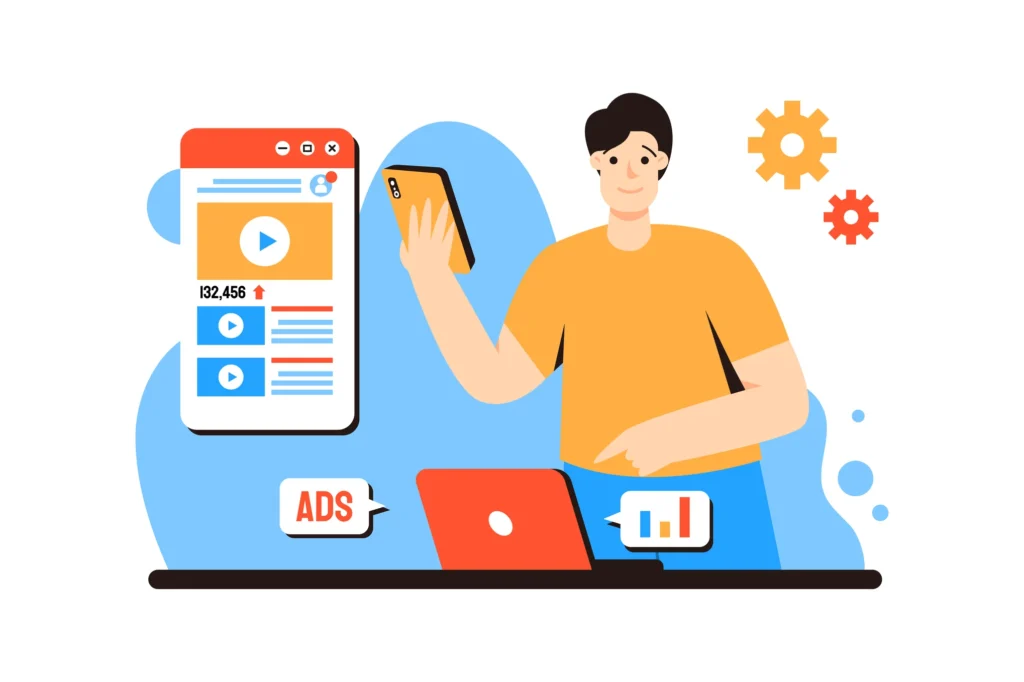
Effective Bid Management Strategies
Bid management is where the complexity begins. Here’s when PPC management services really come into play. While manual bidding provides control, automated bidding strategies leveraging machine learning are rapidly becoming the norm due to their ability to optimise bids for the best performance.
Here’s a deeper look at bidding PPC management strategies:
- Manual Bidding: For those who prefer control, manual bidding allows you to adjust bids at the keyword level, responding to performance metrics in real time. This can be effective for experienced advertisers who understand their specific audience.
- Automated Bidding: Google’s Smart Bidding uses machine learning to automatically set bids that will drive the highest conversions. Target CPA (Cost per Acquisition) and Target ROAS (Return on Ad Spend) are common options, depending on your campaign goals.
To ensure bids are effectively managed, advertisers should also bid adjustments based on various factors:
- Device Bid Adjustments: If mobile traffic performs better, increasing bids for mobile devices can drive higher ROI.
- Location Bid Adjustments: Increase bids in geographic locations where your ads perform well and decrease them in underperforming areas.
- Time-Based Adjustments: Adjust bids based on peak times when your target audience is most active.
Balancing manual and automated strategies allows you to tailor campaigns to specific objectives while also taking advantage of machine learning for better optimization.
Landing Page Optimization for Higher Conversions
Even with high-quality traffic from a successful PPC ad, the landing page is where conversions happen. If a user clicks on your ad but finds a poorly optimised landing page, your chances of converting that click into a lead or sale drop significantly.
Here’s how to optimise landing pages:
- Consistency: The message in your ad should align with the landing page. If your ad promises a 20% discount, the landing page should reflect that offer clearly and prominently.
- CTA Placement: The call-to-action should be visible and compelling. Experiment with CTA buttons that stand out and use action-driven language like “Get Started” or “Claim Your Discount Now.”
- Minimal Distractions: Your landing page should focus on one goal: conversion. Remove unnecessary navigation links and distractions to keep visitors focused on taking action.
- Page Speed: Slow-loading pages can lead to high bounce rates. Compress images, use a content delivery network (CDN), and optimise your code to ensure fast load times, especially for mobile users.
A/B testing various elements of your landing page such as headlines, images, and forms can uncover the optimal layout and messaging for conversion. In fact, continuous landing page optimization is one of the cornerstones of PPC management services.

Audience Targeting and Segmentation for Better ROI
Audience targeting is one of the most powerful tools in a PPC management company’s toolkit. The more refined your targeting, the more likely your ads will reach the right people at the right time. Advanced segmentation techniques enable advertisers to target users based on demographics, behaviours, and interests, leading to more efficient ad spend and higher ROI.
Advanced targeting methods include:
- Remarketing: Show ads to people who have already interacted with your website but haven’t converted. These ads help re-engage visitors who are familiar with your brand and may be more likely to convert.
- Lookalike Audiences: Platforms like Facebook allow you to create lookalike audiences based on your existing customer data. This helps expand your reach to people who resemble your current customers.
- Demographic and Interest Targeting: Most platforms, like Google and Facebook, allow you to target based on demographic information (age, gender, location) and interests. Combining these criteria with your keyword strategy ensures that your ads are only shown to users most likely to convert.
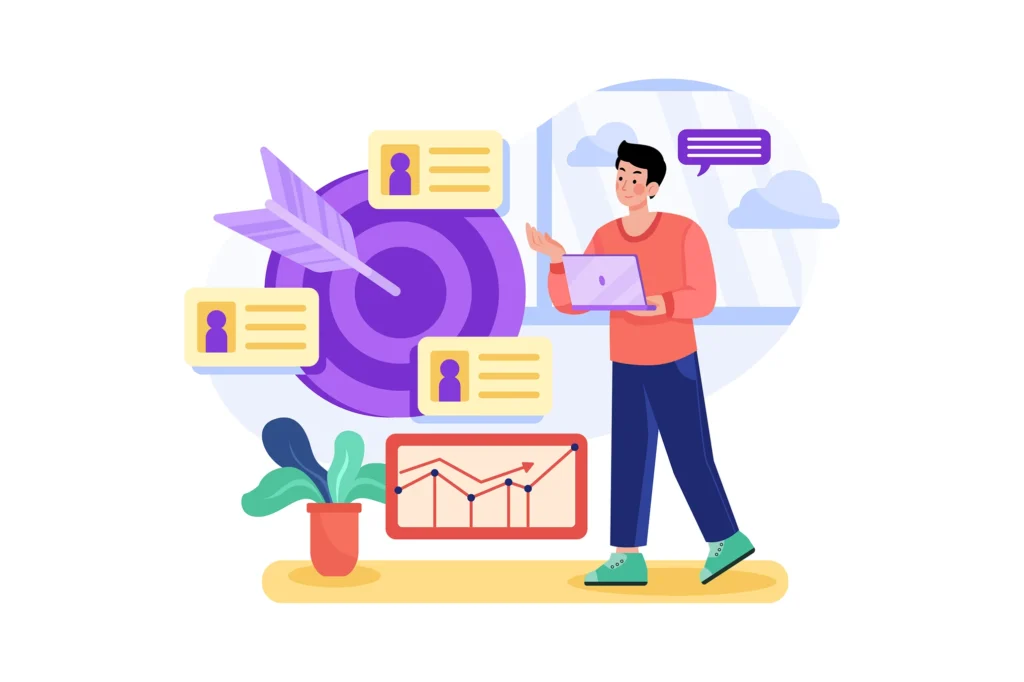
By focusing on highly relevant audiences, you can maximize the efficiency of your ad budget, driving more conversions at a lower cost.
With the ever-changing landscape of digital advertising, PPC management services in 2024 require a combination of data-driven strategies, technical expertise, and creative execution. By understanding your target audience, selecting the right keywords, optimising ad copy and landing pages, and managing bids efficiently, you can maximize ROI from your PPC campaigns.
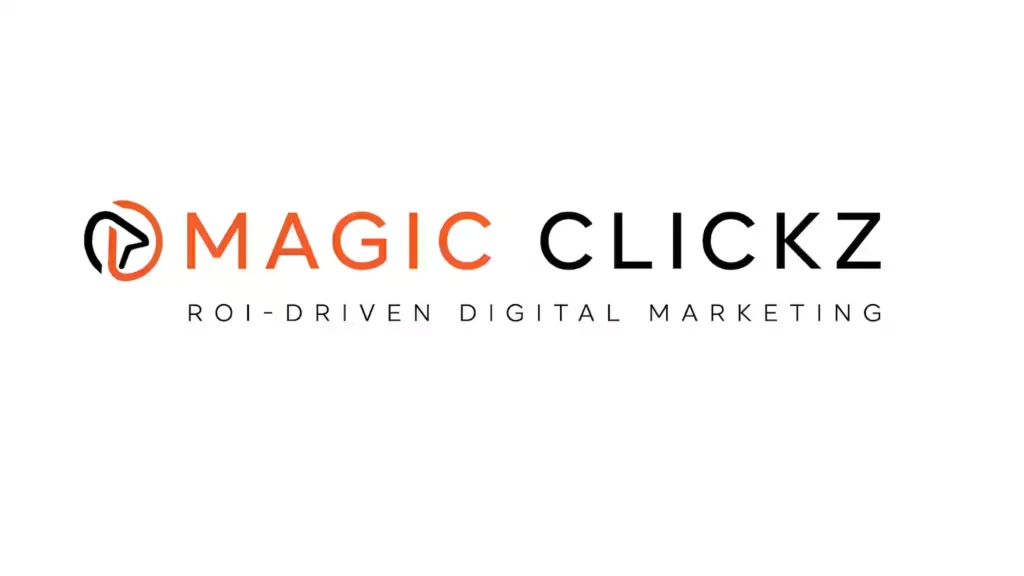
Working with a top PPC marketing agency can streamline this process. Magic Clickz ensures that your business stays competitive in today’s dynamic digital environment. From keyword research to bid management and audience segmentation, effective PPC Management Strategies will continue to be a cornerstone of successful digital marketing in the coming years.


